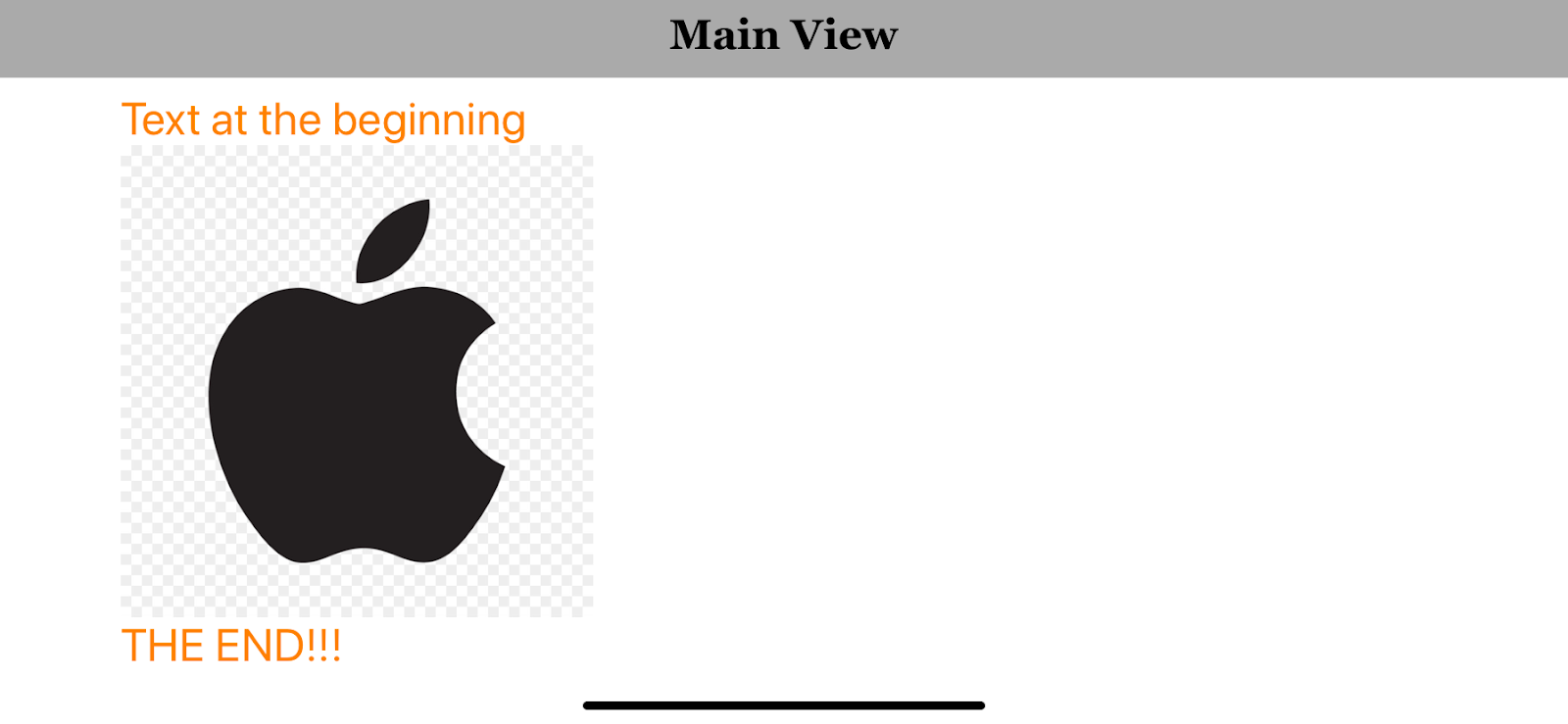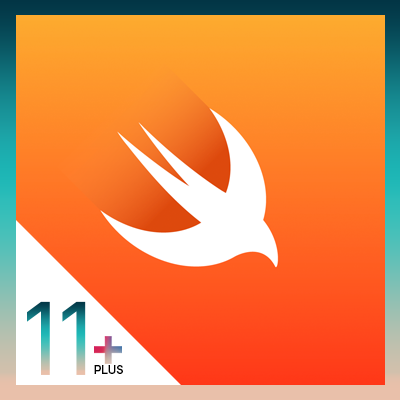

The Composite pattern lets you run a behavior recursively over all components of an object tree. A box could even add some extra cost to the final price, such as packaging cost. If one of these items were a smaller box, that box would also start going over its contents and so on, until the prices of all inner components were calculated. For a box, it’d go over each item the box contains, ask its price and then return a total for this box. How would this method work? For a product, it’d simply return the product’s price. The Composite pattern suggests that you work with Products and Boxes through a common interface which declares a method for calculating the total price. All of this makes the direct approach either too awkward or even impossible. You have to know the classes of Products and Boxes you’re going through, the nesting level of the boxes and other nasty details beforehand.

That would be doable in the real world but in a program, it’s not as simple as running a loop.

You could try the direct approach: unwrap all the boxes, go over all the products and then calculate the total. The whole structure looks like an upside down tree. How would you determine the total price of such an order?Īn order might comprise various products, packaged in boxes, which are packaged in bigger boxes and so on. Orders could contain simple products without any wrapping, as well as boxes stuffed with products.and other boxes. Say you decide to create an ordering system that uses these classes. These little Boxes can also hold some Products or even smaller Boxes, and so on. A Box can contain several Products as well as a number of smaller Boxes. Xamarin.iOS makes the class abstract to support optional/required methods in protocols.Using the Composite pattern makes sense only when the core model of your app can be represented as a tree.įor example, imagine that you have two types of objects: Products and Boxes.
#Ios swift share method between two models code#
The following code that uses a C# lambda expression: aButton.TouchUpInside += (o,s) => TouchUpInside event, which you handle as you normally would in. That adds an annotation to a map as shown here:īefore tackling this app, let’s get started by looking at. To illustrate protocols and delegates, we’ll build a simple map application Delegates – Learning about Objective-C delegates by extending the map example to handle user interaction that includes an annotation, then learning the difference between strong and weak delegates and when to use each of these.Protocols – Learning what protocols are and how they are used, and creating an example that provides data for a map annotation.In this article you’ll learn about all these topics, giving you a solidįoundation for handling callback scenarios in Xamarin.iOS, including: Protocol that the UITableView would call to populate itself. So forĮxample, to populate a UITableView with data, you would create aĭelegate class that implements the methods defined in the UITableViewDataSource Similar to an interface in C#, except that its methods can be optional. Objective-C is an entire class that conforms to a protocol. Delegates are similar in concept to delegates inĬ#, but instead of defining and calling a single method, a delegate in This methodology uses what AppleĬalls delegates and protocols. NET approach, Xamarin.iOS exposes another model that can be usedįor more complex interaction and data binding. For example, the Xamarin.iOS UIButton class has anĮvent called TouchUpInside and consumes this event just as if this class andīesides this. Xamarin.iOS applications consume these events in much the same way as do Xamarin.iOS uses controls to expose events for most user interactions.


 0 kommentar(er)
0 kommentar(er)
